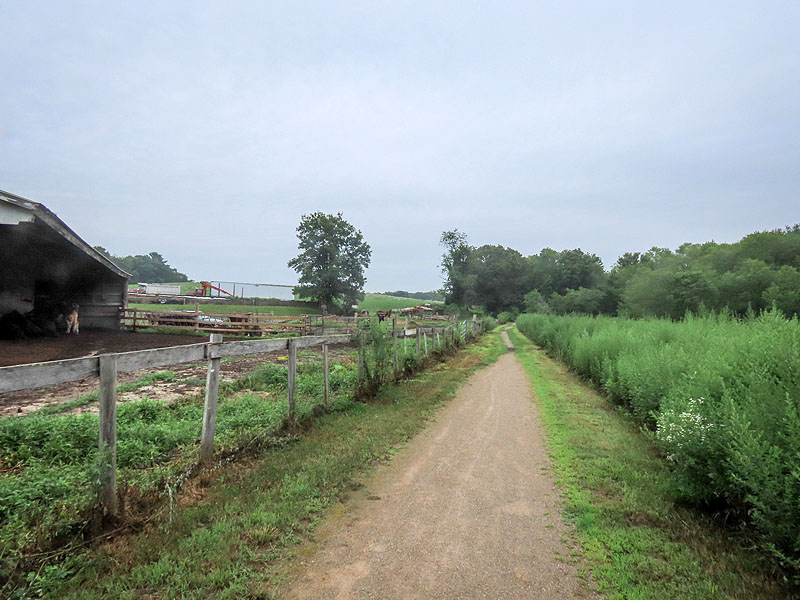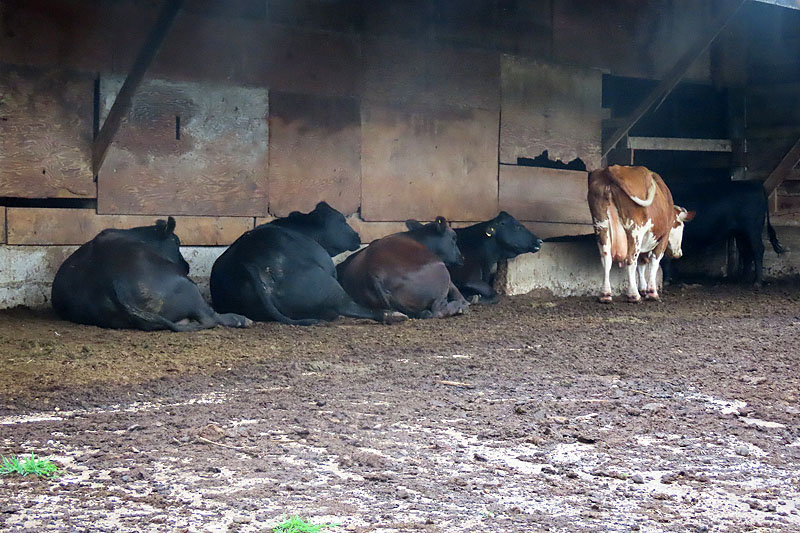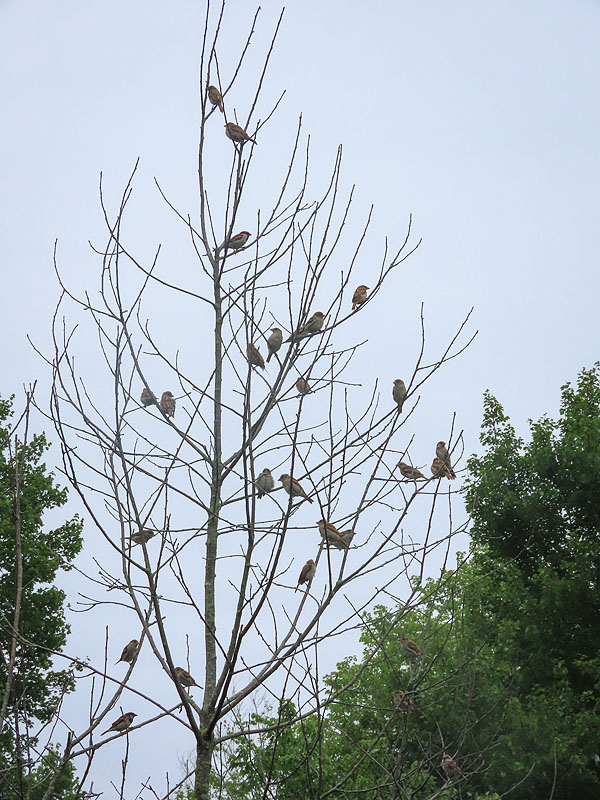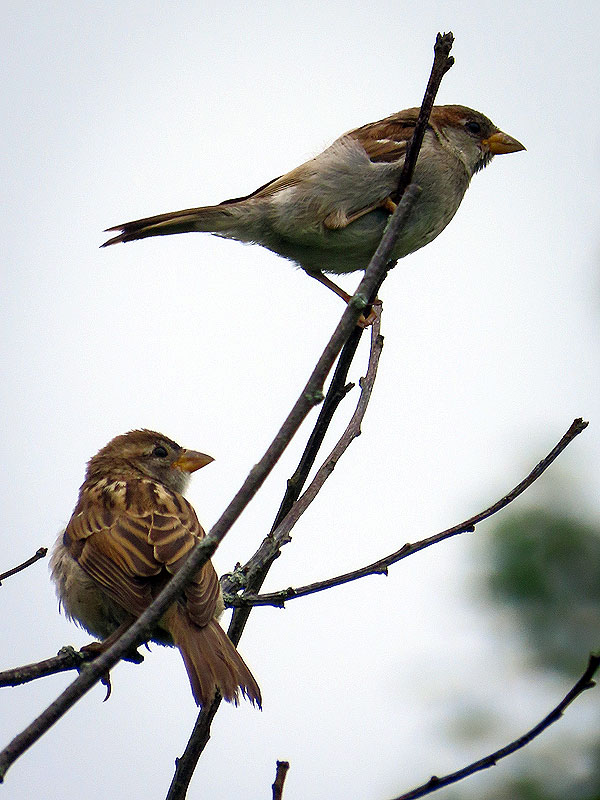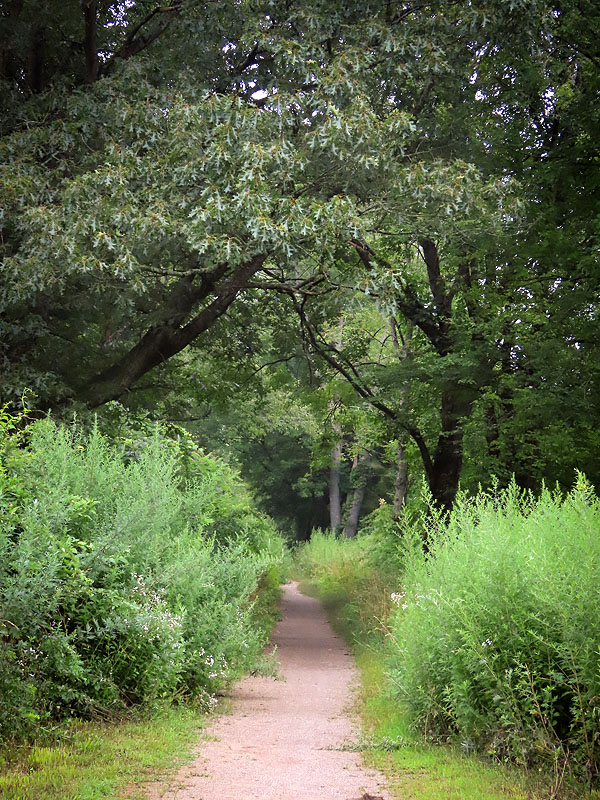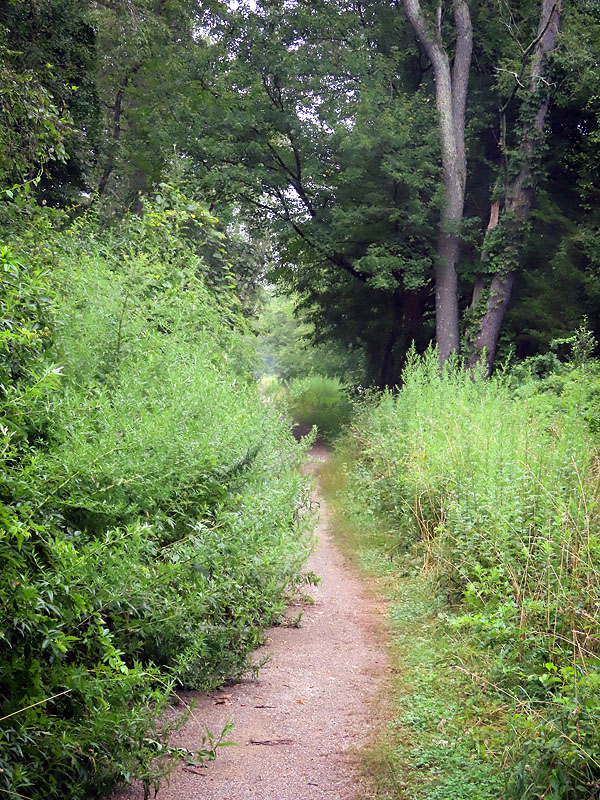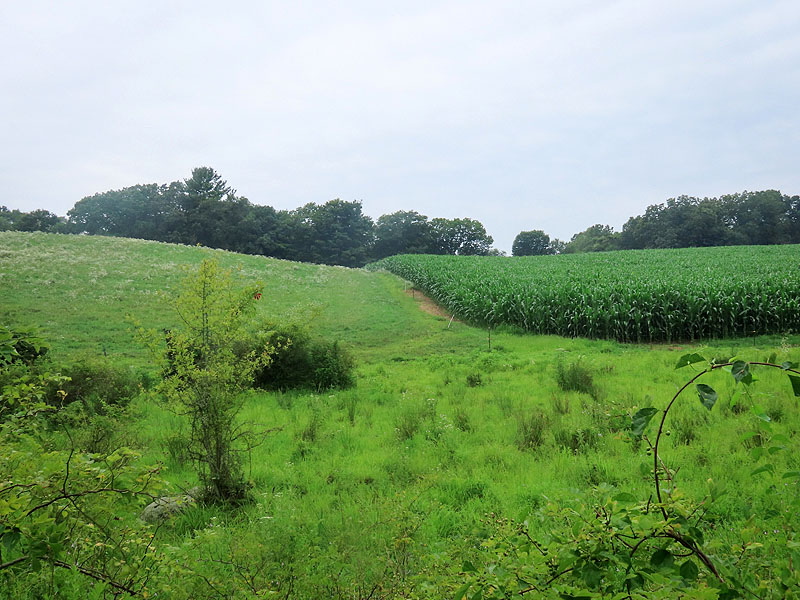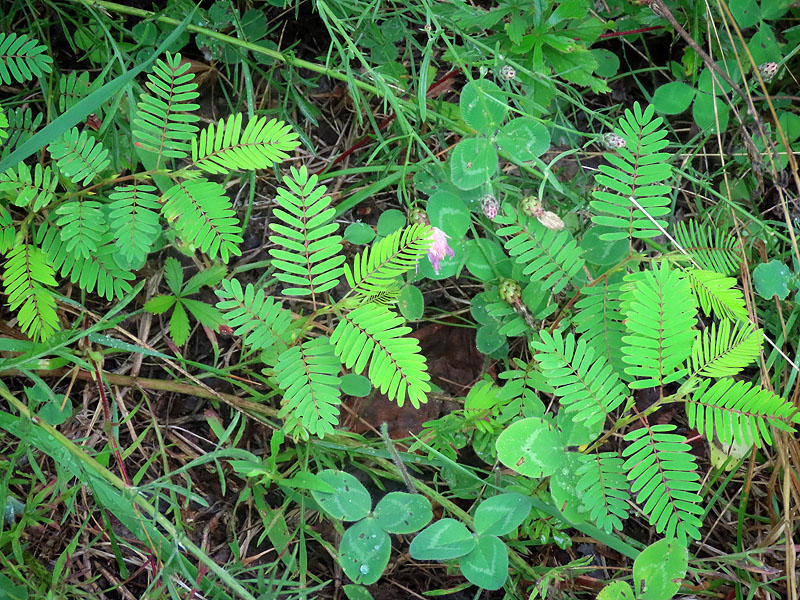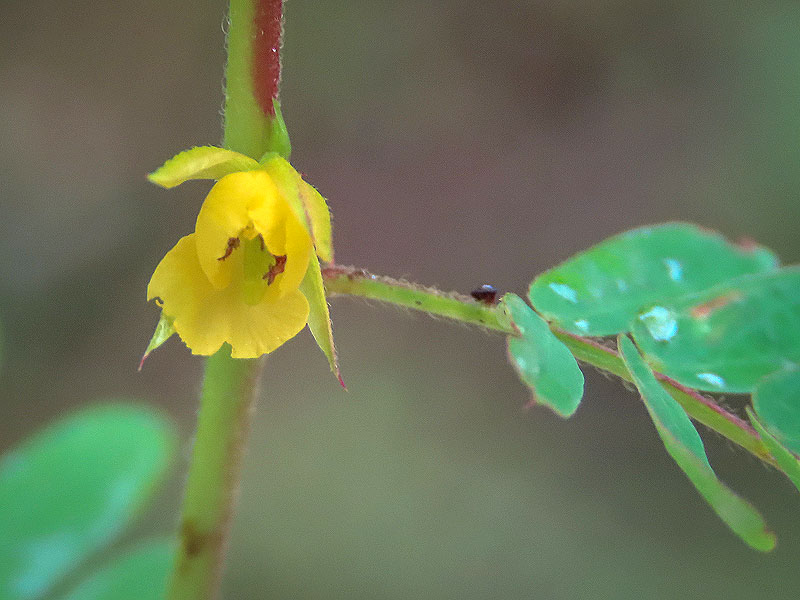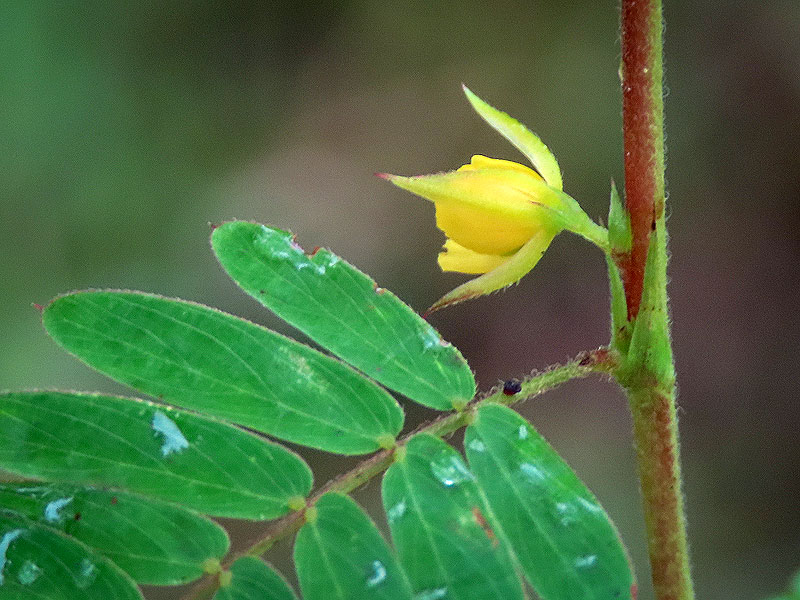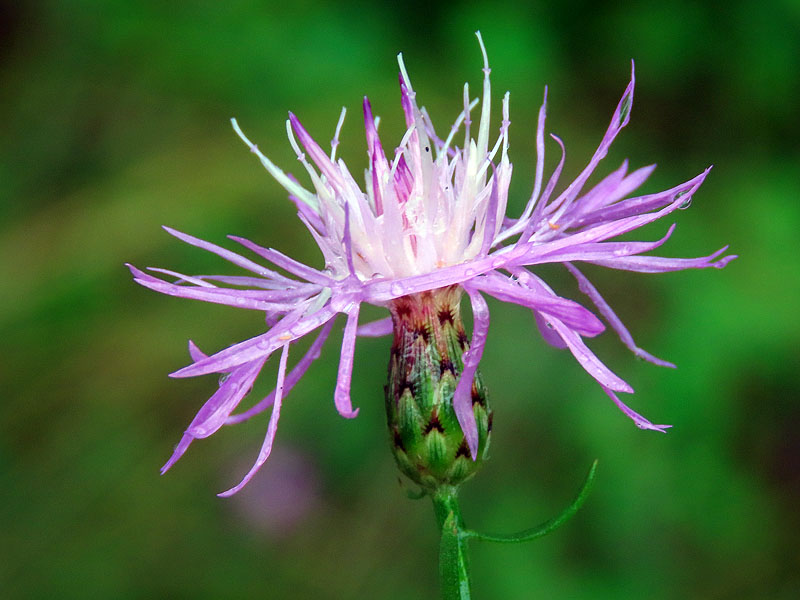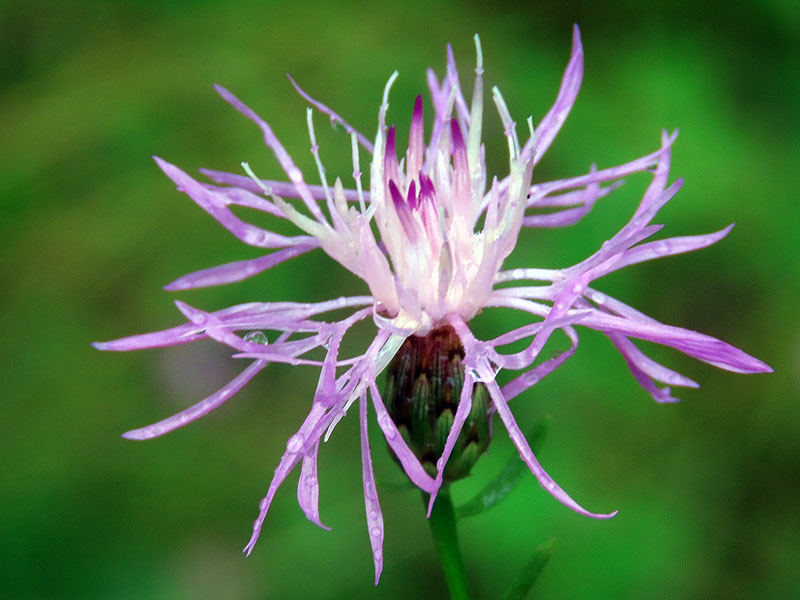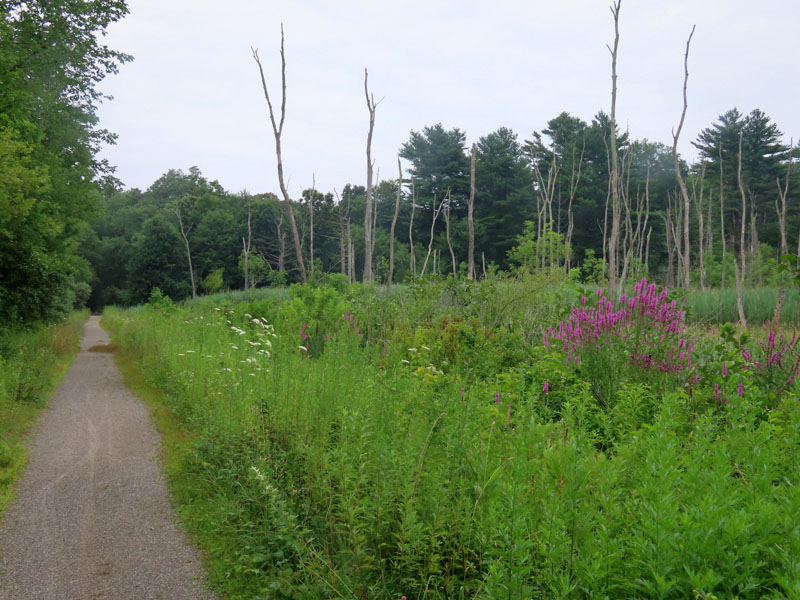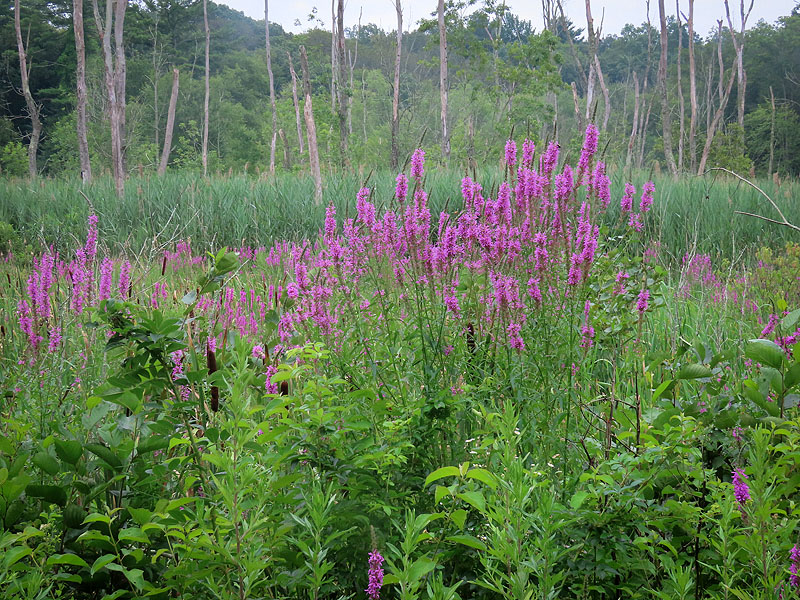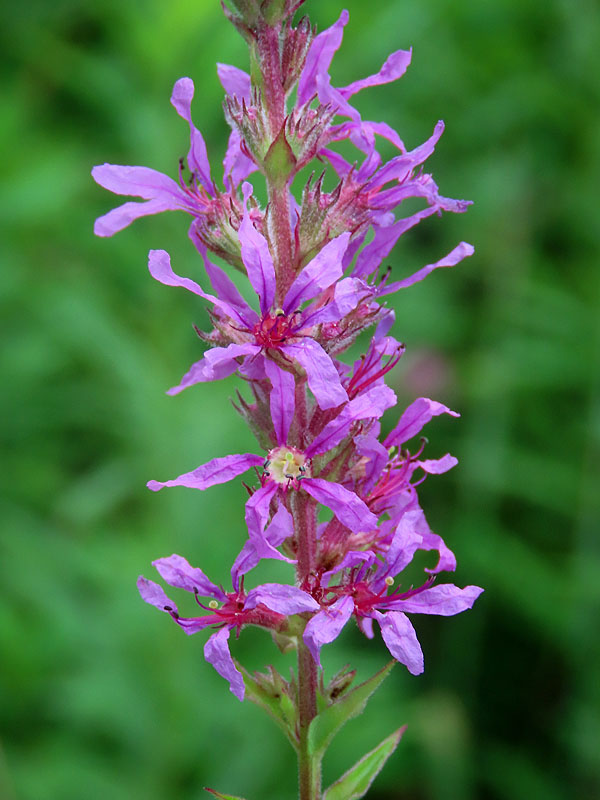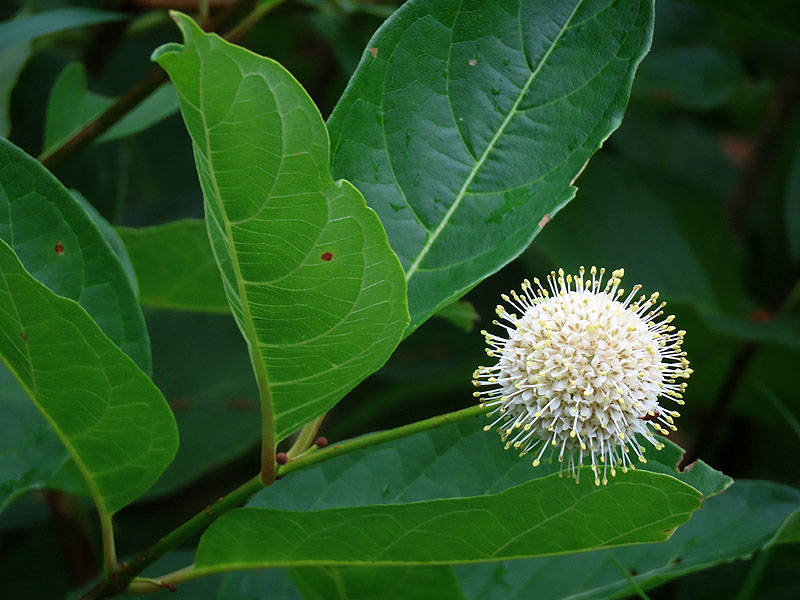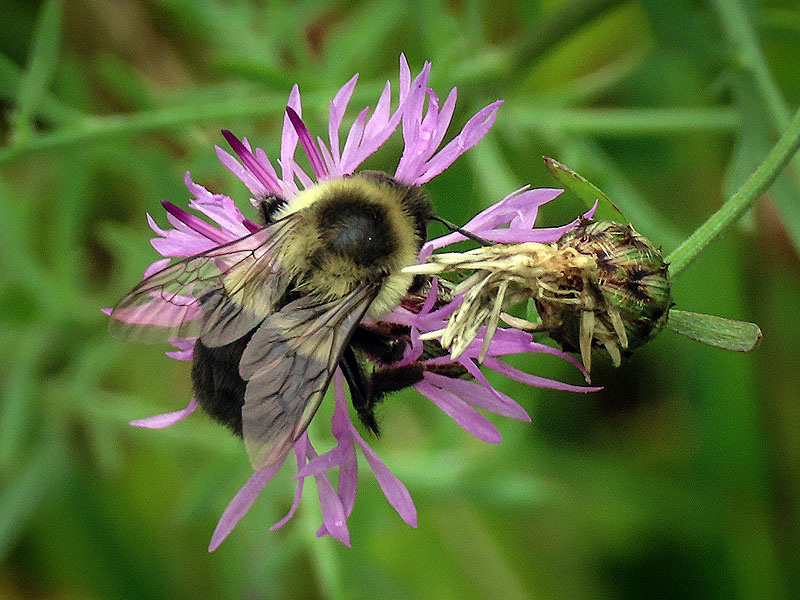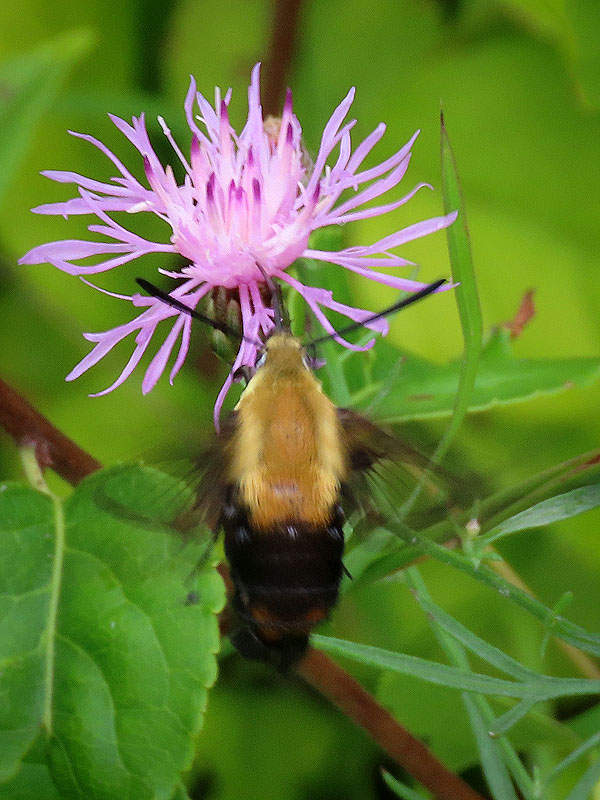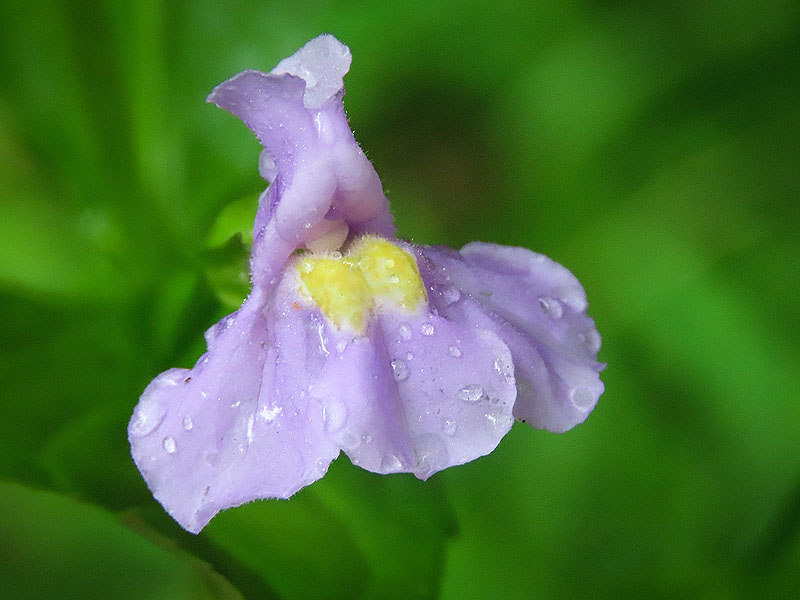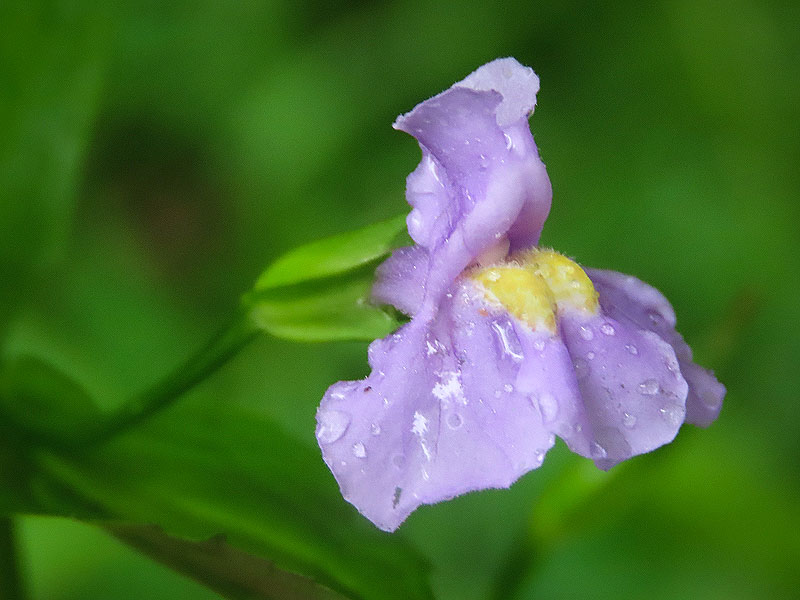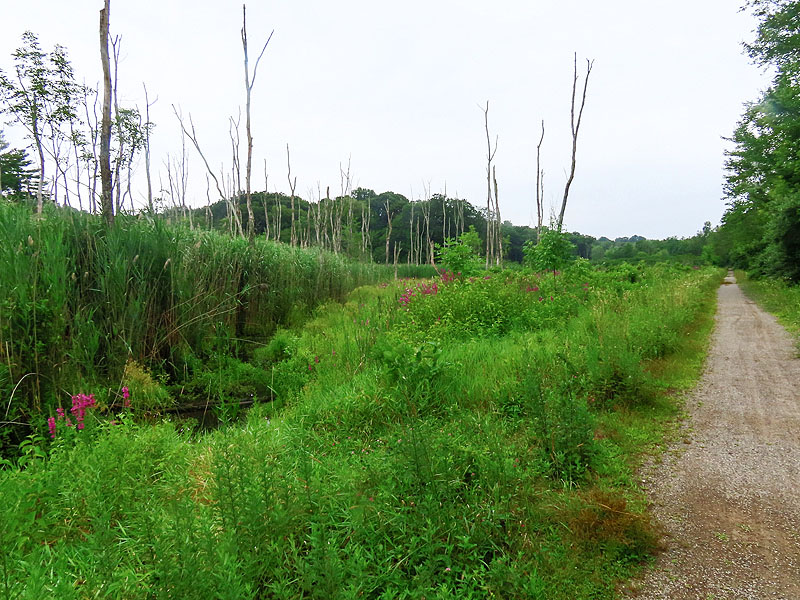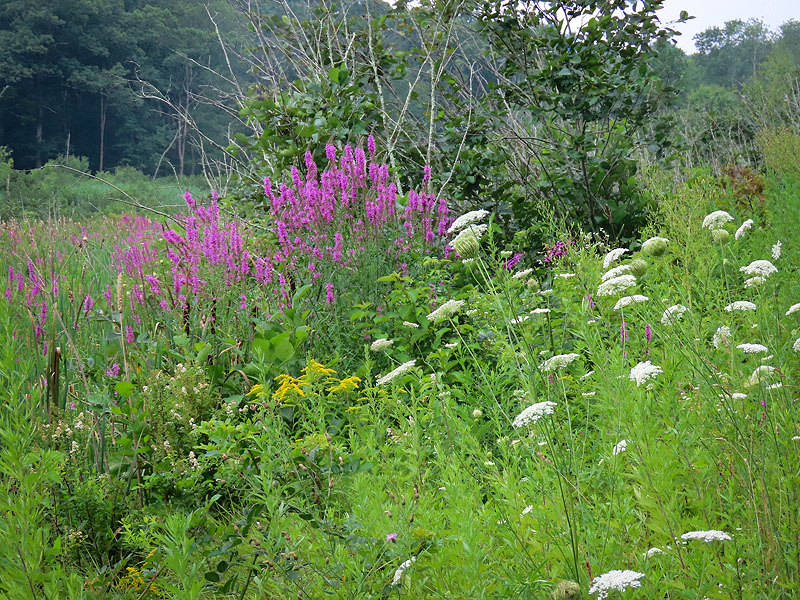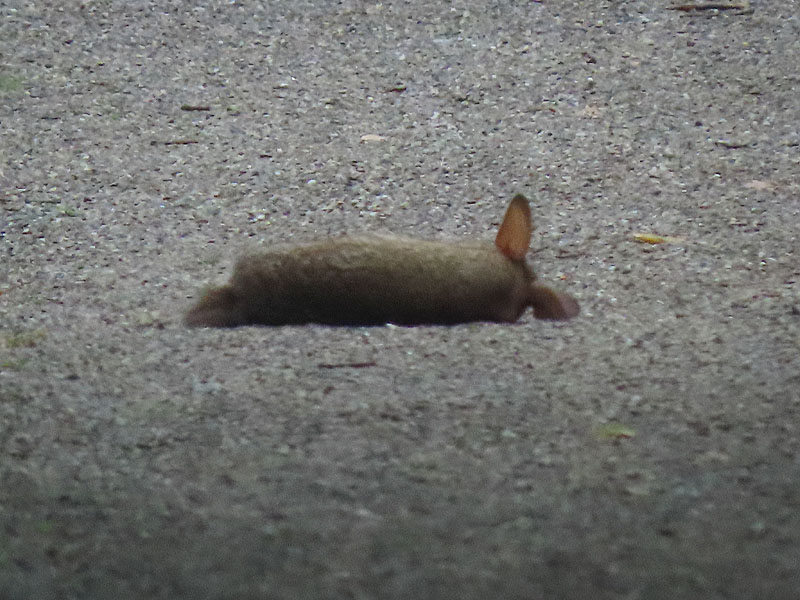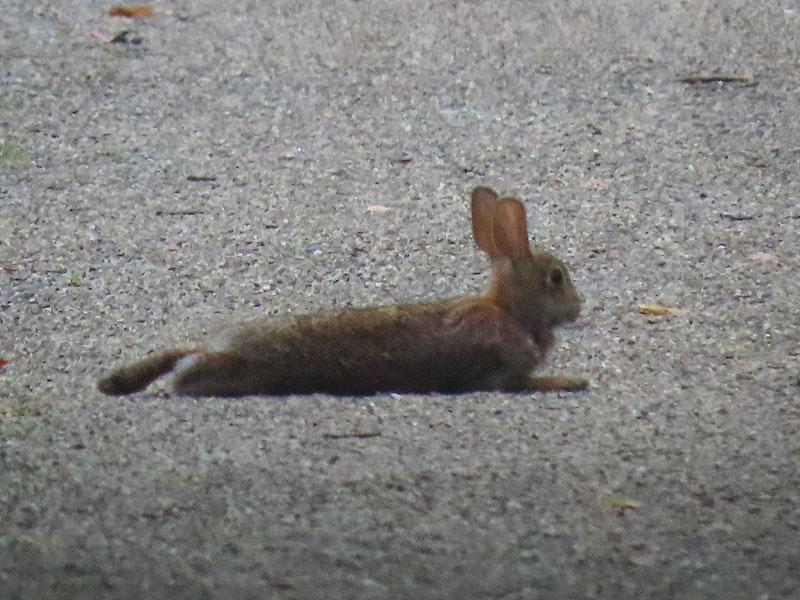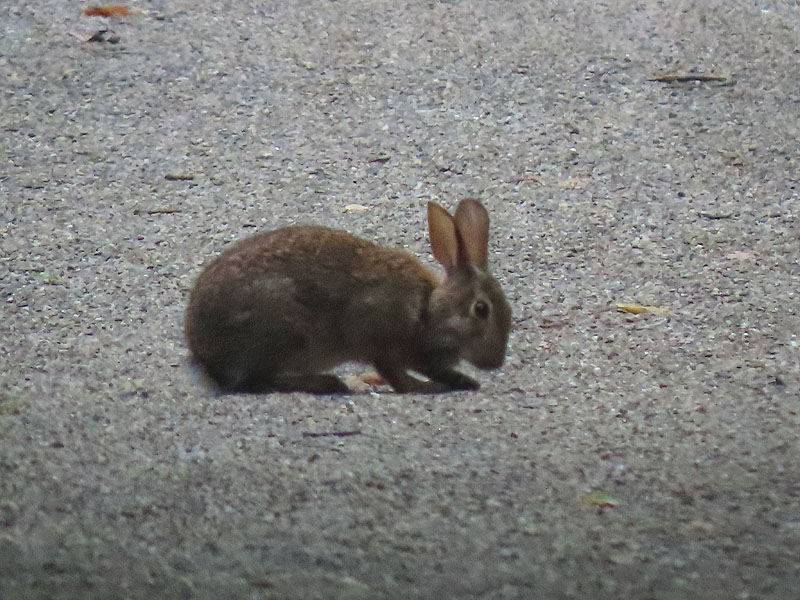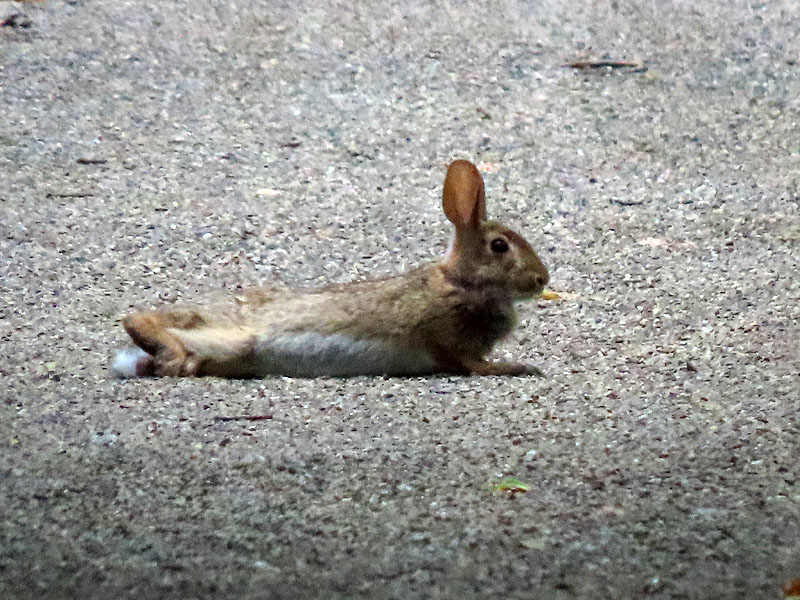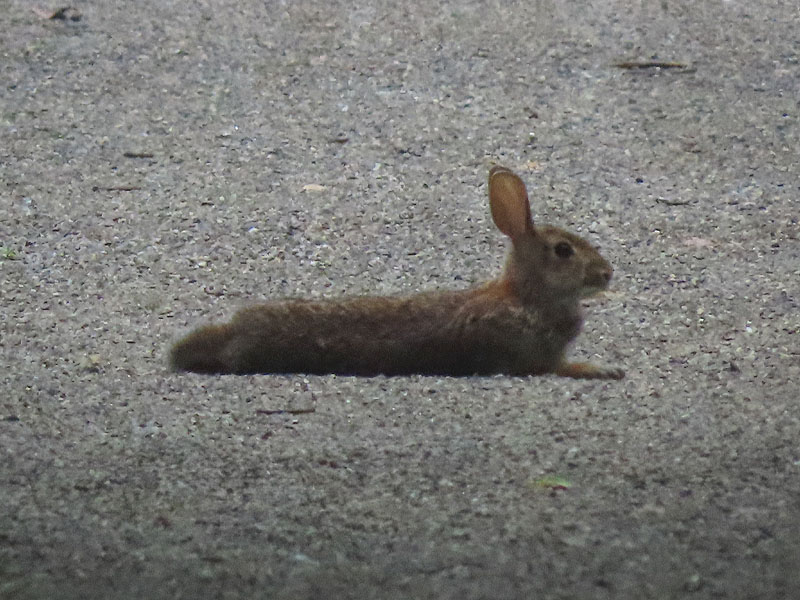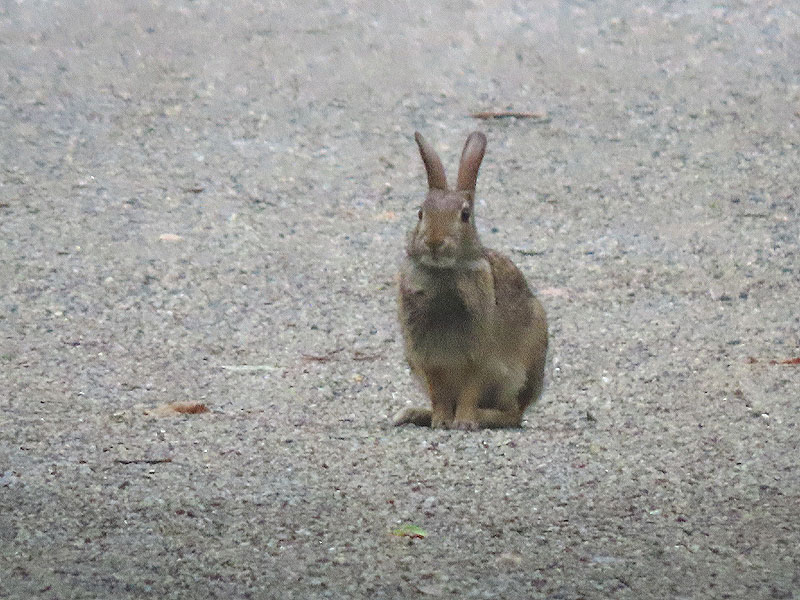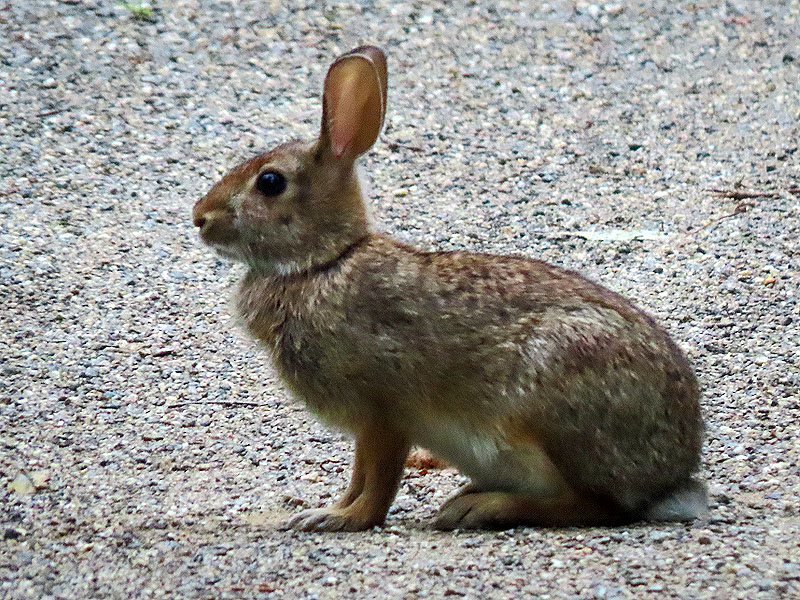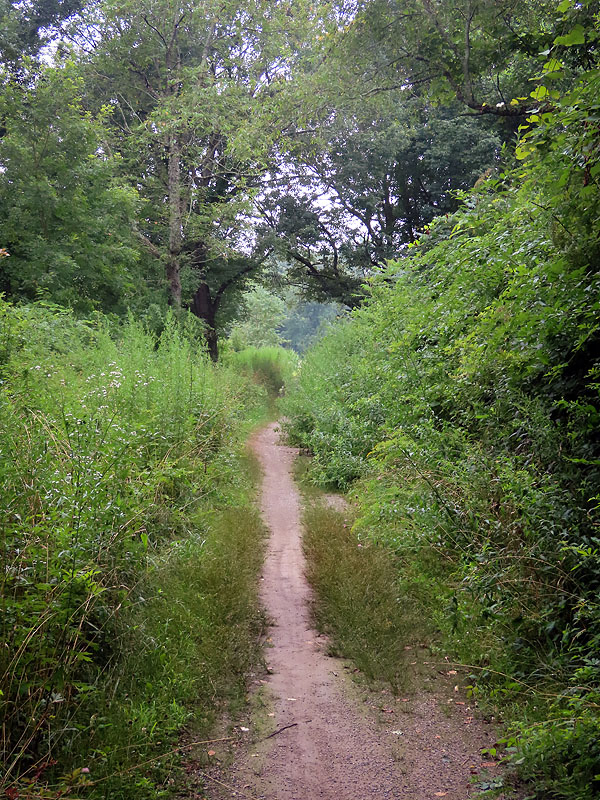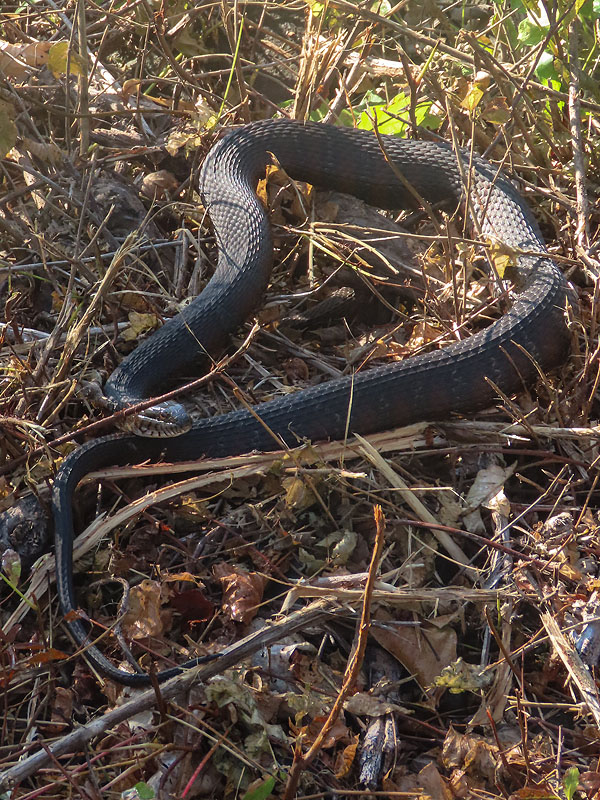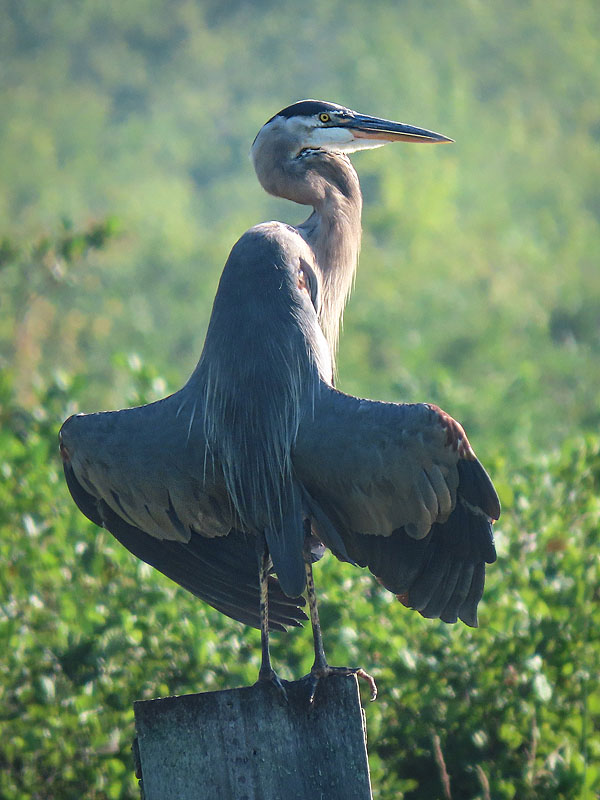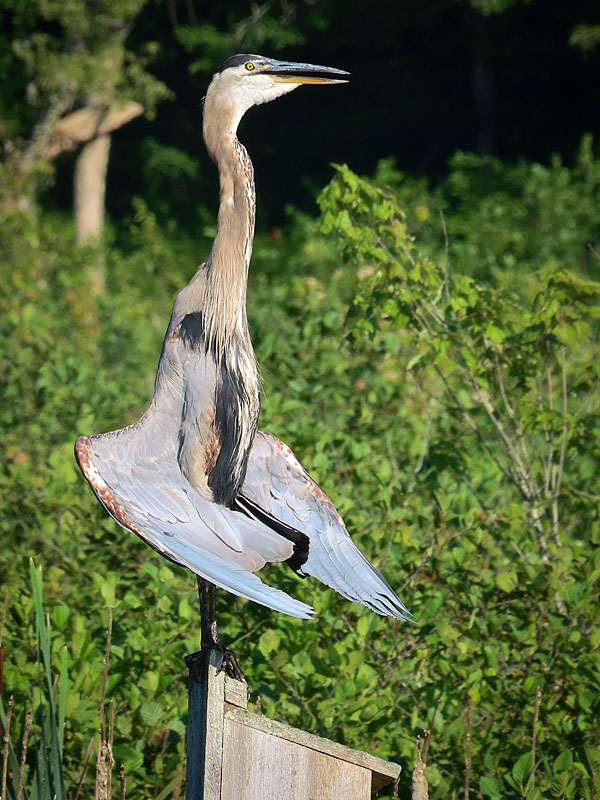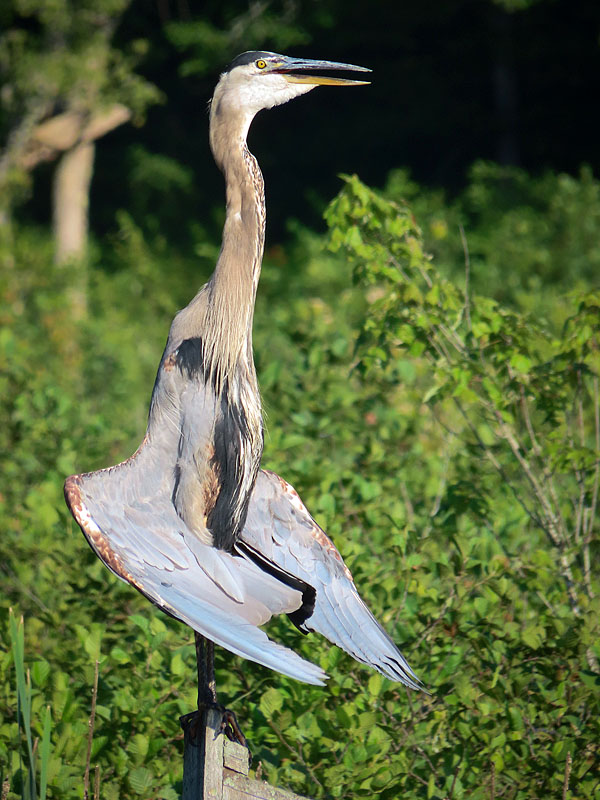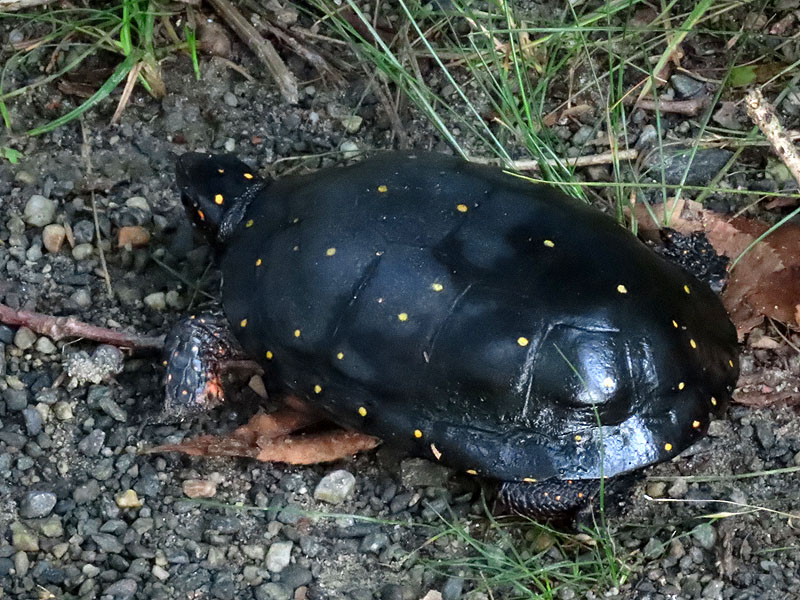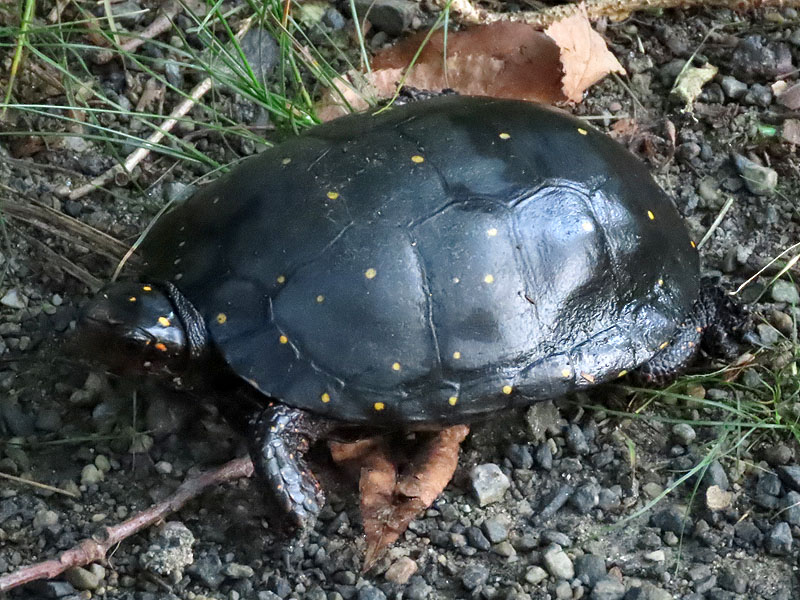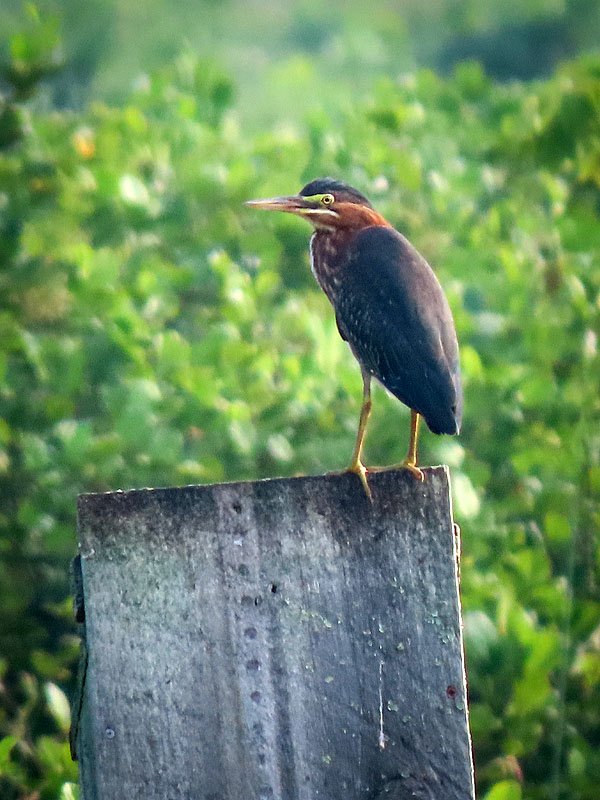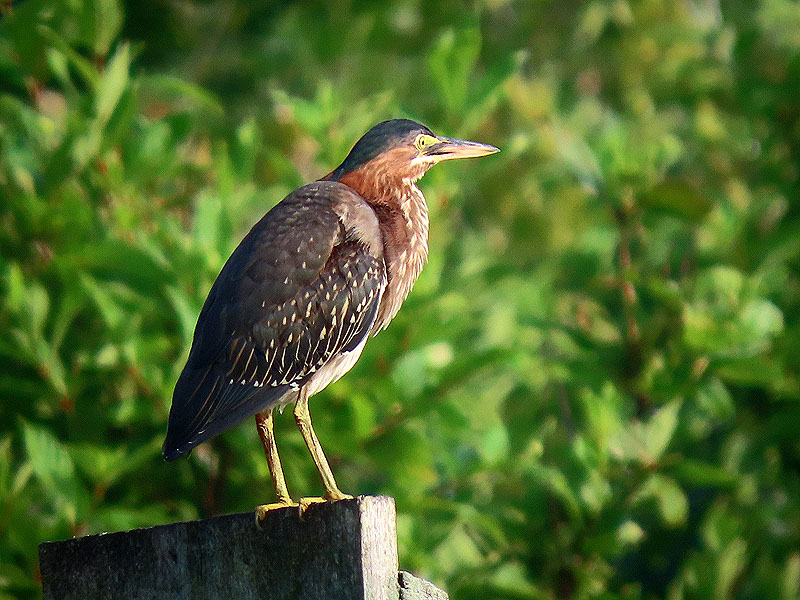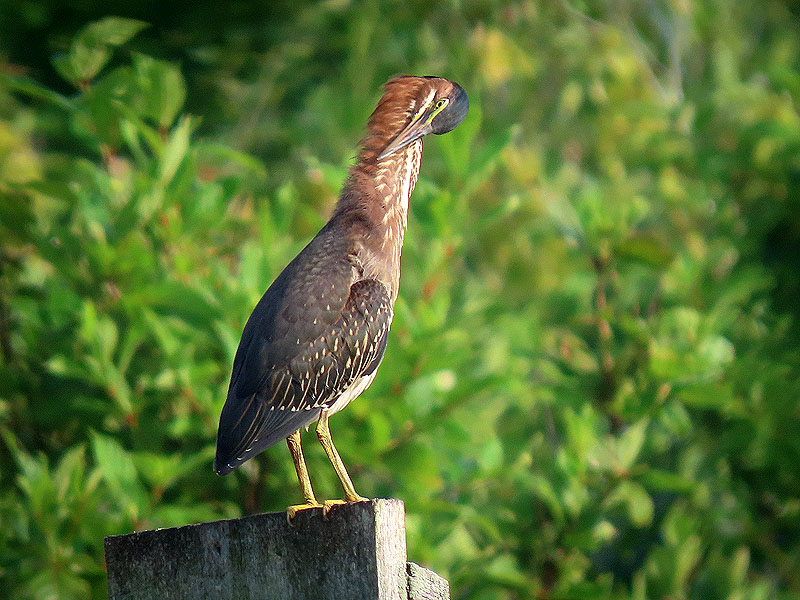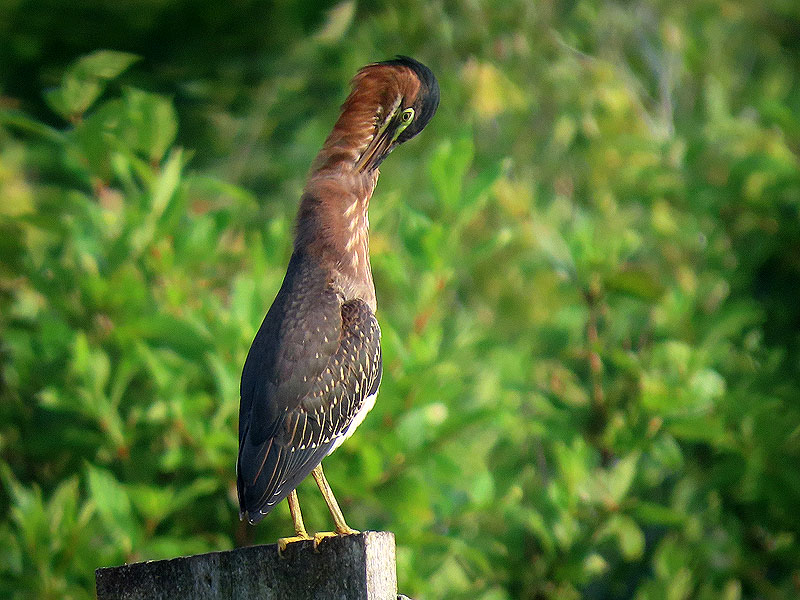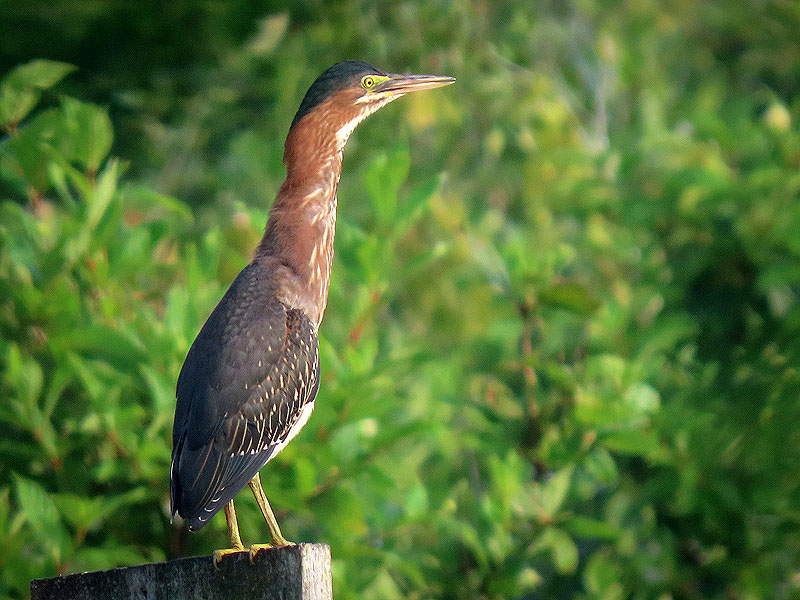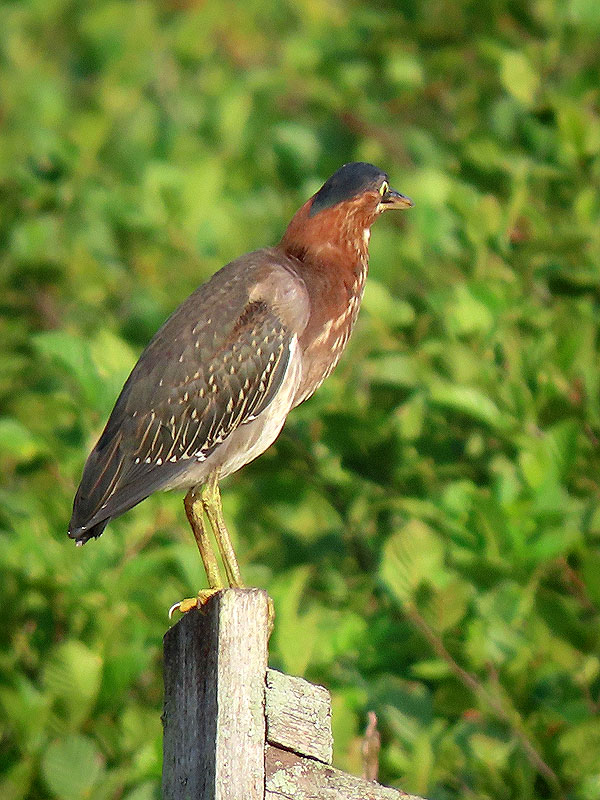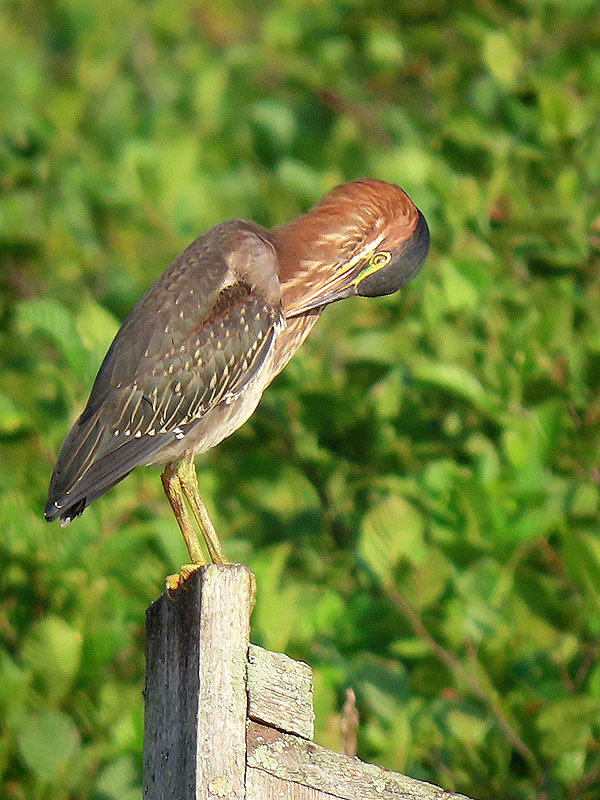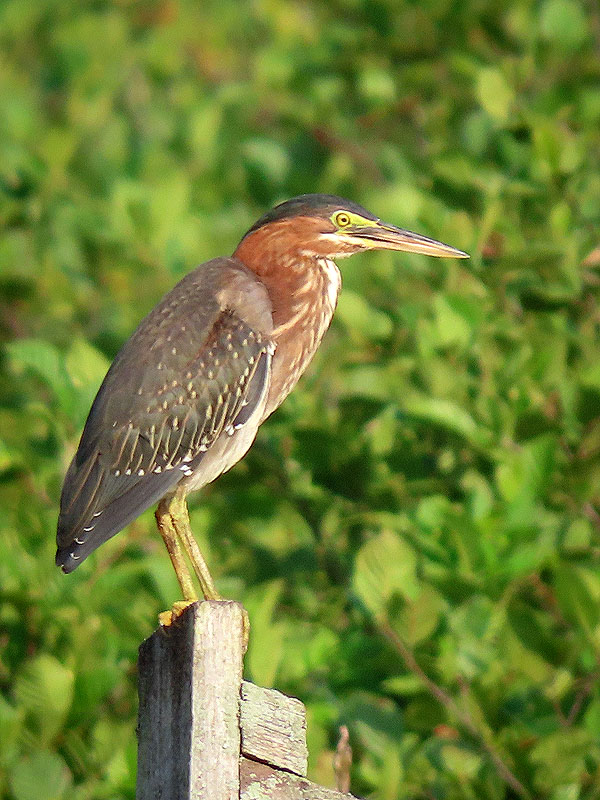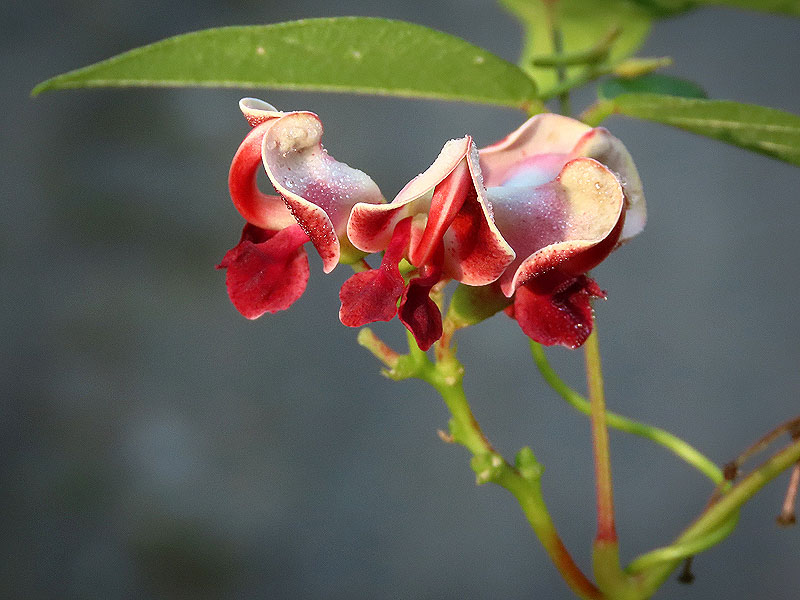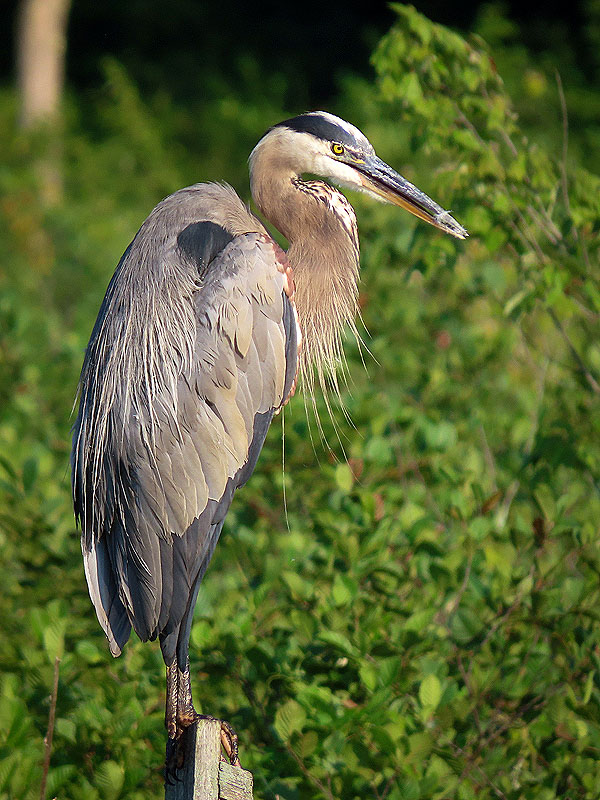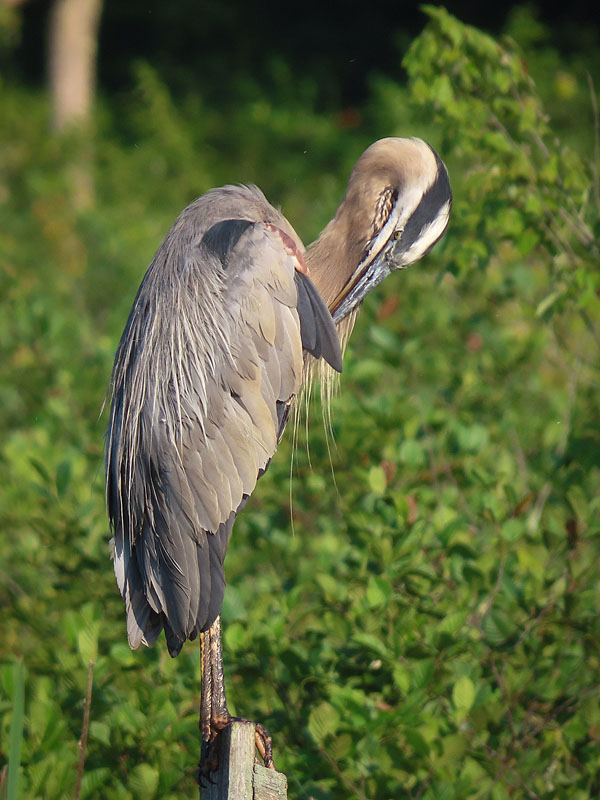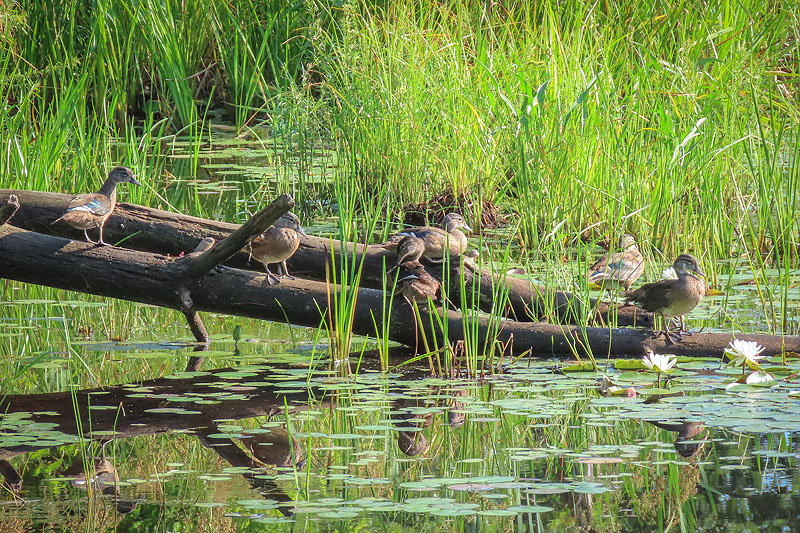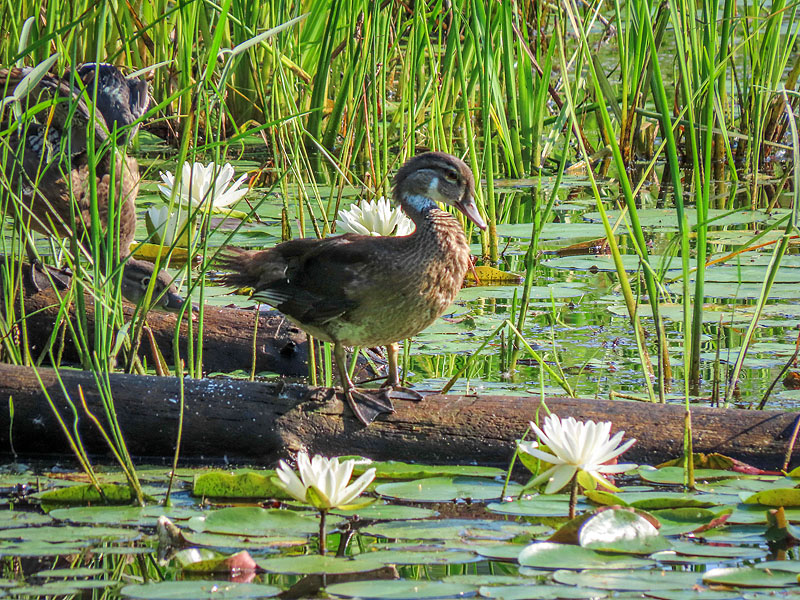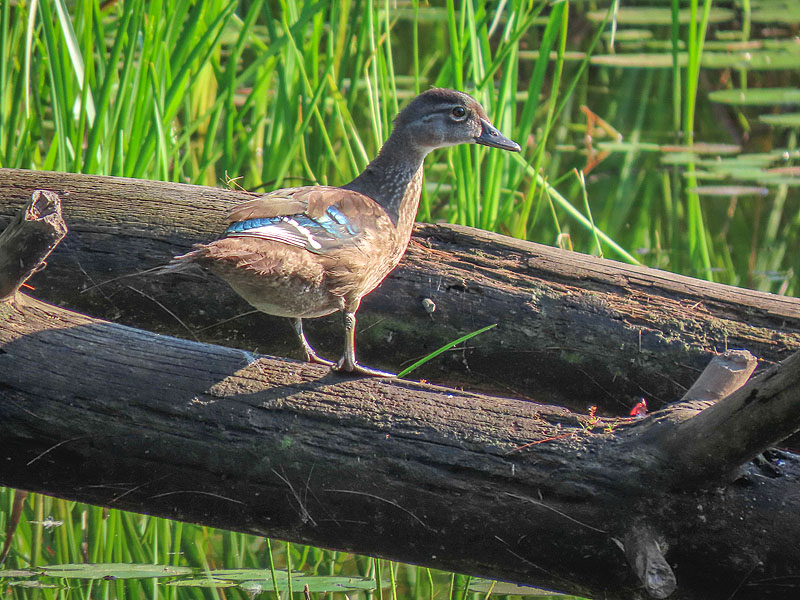Along the Air Line... 2025 - Summer, Part 9 The Air Line Trail in Eastern Connecticut - Stan Malcolm Photos |
HOME: Air Line... 2025 Pages Menu Stan's FlickR Albums |
July 27th. A walk east of Cook Hill Road on a gloomy day threatening rain. Edges of the trail mowed past the dairy farm. |
Cattle sheltering by the barn. |
A dead tree crowded with House Sparrows (Passer domesticus). |
|
|
Past the barnyard, the trail narrows down. |
|
Corn looks lush. |
Wild Sensitive-plant (Chamaecrista nictitans)... |
...and its tiny yellow flowers. |
|
Spotted Knapweed (Centaurea maculosa). |
|
Everything so lush, it's hard to remember that this is all marsh. The long-dead trees are a hint to its history. |
Lots of spiked Purple Loosestrife (Lythrum salicaria). |
|
Buttonbush or "Honey-balls". (Honest.) |
Bumble Bee (Family Bombidae) on Spotted Knapweed. |
Hummingbird Clearwing moth (Hemaris thysbe), feeding while hovering. |
Square-stemmed Monkey-flower (Mimulus ringens). |
|
Heading back through the marsh. |
Purple Loosestrife (Lythrum salicaria) again. |
|
A young Eastern Cottontail (Sylvilagus floridanus)... |
...anting". I've seen this in birds too. They prostate themselves and thus encourage ants to come aboard and relieve them of ectoparasites like fleas. |
It rolled around as seen in the following photos. |
|
|
|
|
I was spotted... |
...and it soon took off. |
Back through the narrow section towards the cattle and Cook Hill Road. |
July 28th. Northern Water Snake (Nerodia sipedon). |
Great Blue Heron (Ardea herodius) trying to cool off. |
It was gular fluttering... |
...which works like panting in mammals. |
July 29th. Spotted Turtle (Clemmys guttata). |
|
Green Heron (Butorides virescens). |
|
|
|
|
|
|
|
July 30th. Groundnut (Apios americana), a vine in the Pea Family, Fabaceae). |
The usual Great Blue Heron (Ardea herodius). |
|
The Wood Duck (Aix sponsa) family at the pond east of River Road. |
|
|
